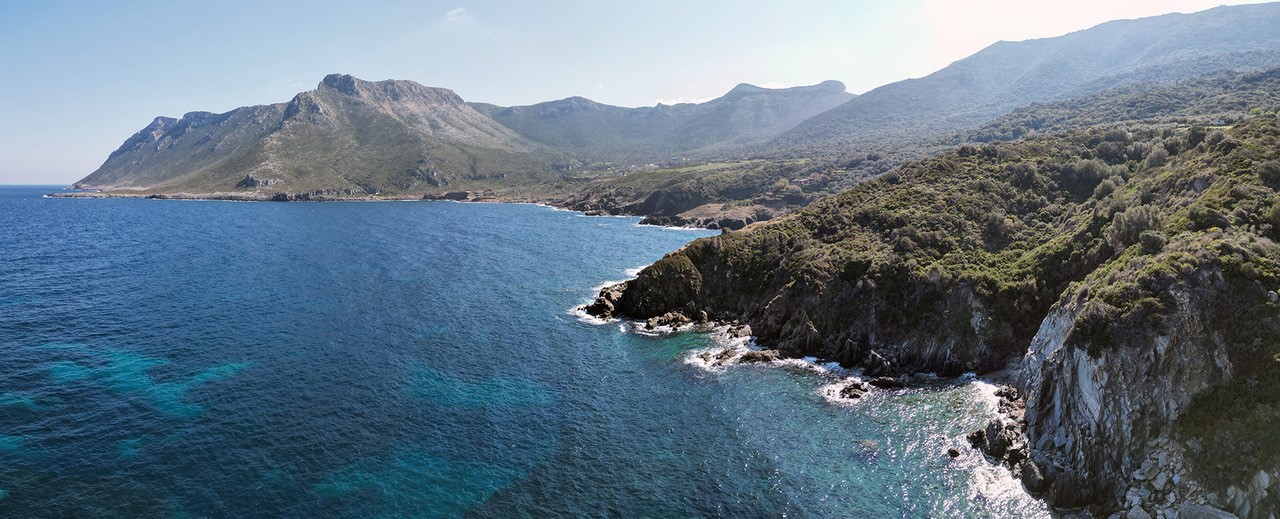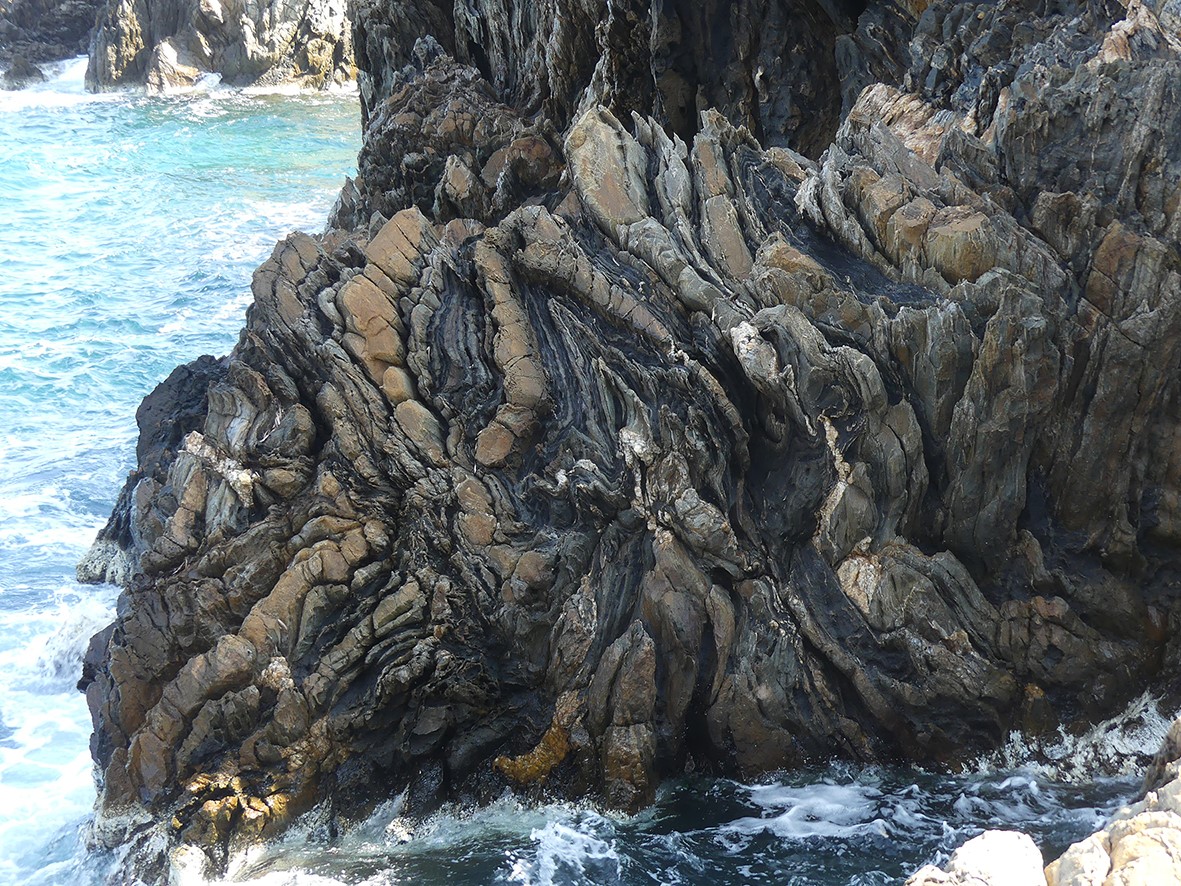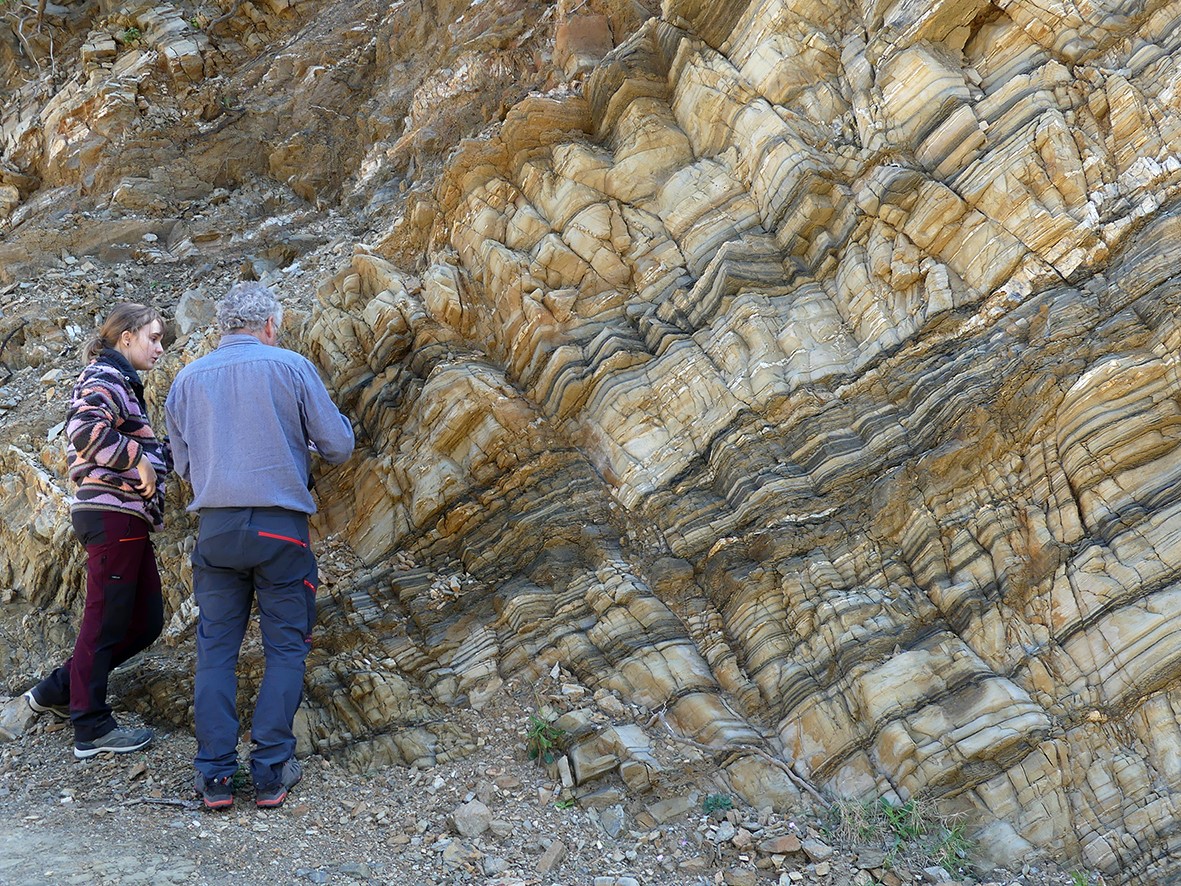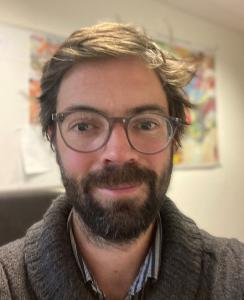Academy of Excellence "Space, Environment, Risk and Resilience"
Accretion-controlled deformation cycles along the Hellenic subduction zone
Plate tectonics remains full of secrets: the AC-DC project aims to unravel the secrets hidden in Greek rocks from the past.

Academy 3 highlight
Field and laboratory outcomes from the AC-DC project will shed light on the “threat of the hidden, and often overlooked, basal-accretion process,” which contributes to the tectonic and topographic signals being monitored daily along a large number of active subduction zones worldwide.
The project
At the interfaces of tectonic plates, and more precisely in subduction zones where one lithosphere sinks below another, rocks move and undergo deformations that can generate very large earthquakes. These events are intimately linked to the mechanical coupling of the plate interface and is linked to the nature and the quantity of material buried under the Earth's mantle.
The AC-DC project aims to unravel the dynamics of these huge mass fluxes by determining the succession of deep accretion events at convergent margins, through a reconstruction of the tectonic and metamorphic history of the rocks that crop out in the Neapoli region in Greece. This little-studied area in southern Peloponnese is a key zone where basal accretion processes are suspected to be still active at depth, making this area an ideal target to link past and present times. The exposed high-pressure/low-temperature metamorphic rocks, which rose vertically to the surface after plunging to a depth of 50 km over 20 million years ago, provide valuable evidence of fossil deformation and the pressure and temperature conditions that characterize the deep interface of subduction zones.
Armel Menant and a Master's student went out into the field to identify, map and sample these rocks (also called “metasediments”) for in-depth analysis in the laboratory. By studying the wealth of history imbued in these rocks (deformation, structure, mineral transformations, etc.), the aim is to gain a complete picture of the periodic occurrence of deep mass transfer events. These key constraints on the deep subduction dynamics at long timescales pave the way for investigating their consequences on our environment at shorter timescales (seismic hazard, evolution of coastal zones).
Thin sections of the rocks are still being studied and will soon reveal all their secrets.
While Bt strains are the most effective of all pesticides, they are also the ones to which people are most exposed. The survey conducted by ANSES as part of the project highlights this exposure. After collecting and testing 161 fruits and vegetables commercially certified "Organic Agriculture", almost 50% of the products tested came up positive for Bt. Peppers, tomatoes, apples, cucumbers, aromatic herbs, etc., were all in the same basket! Importantly, no Bt of agricultural origin has been identified in any of the 45 patients analyzed so far with septicemia caused by bacteria from the Bacillus cereus group. This observation suggests that Bt used as a microbial pesticide, though present in fruits and vegetables, may be partly responsible for food poisoning but is unlikely to be involved in septicemia in weakened patients.
Research conducted jointly by biologists and public health professionals should lead to the development of tools to assess and detect these Bt strains more easily in food and in the body, and should make it safer to use them in agriculture, since today neither dose limits nor a delay before harvest are imposed.


The +
The Southern Peloponnese is one of the few places on Earth where underground phenomena between two converging plates can be investigated through the study of exceptionally preserved rocks brought vertically to the surface without a significant deformation overprint.
What’s next?
The project has now been awarded funding to allow a PhD student to continue studying the rocks and attempt to identify the timing and depth of deformation. A digital reproduction of the lateral evolution of the rocks via 3D modeling is planned. This will enable better visualization of lateral variations of mass fluxes in relation to crustal and mantellic processes governing the geodynamic evolution of this subduction zone.
Project information
|
Scientific domain
Earth Sciences Marine Geosciences |
Key words Tectonics Petrology Subduction Metamorphism |
|
Total budget
€6,988 from Academy 3
|
Students involved
Maïlys Bouhot (M2) |
| Partners Géoazur - Université Côte d’Azur, CNRS, OCA, IRD ISTeP - Sorbonne Université, CNRS LGL-TPE - UCNL, ENS de Lyon, UJM, CNRS GFZ Potsdam University of Athens |
Project members Armel Menant Clément Ganino Maïlys Bouhot Laurent Jolivet Samuel Angiboust International collaborations Onno Oncken Nikolaos Skarpelis |
Scientific promotion of the project
- Bouhot et al. (in preparation), Anatomy of the high-pressure/low-temperature nappe stack in SE Peloponnese, Greece
- Bouhot et al., Petro-sructural study of the high-pressure/low-temperature accretion complex in southeastern Peloponnese, Greece, RST-2023 Rennes, https://rst2023-rennes.sciencesconf.org/484804


















